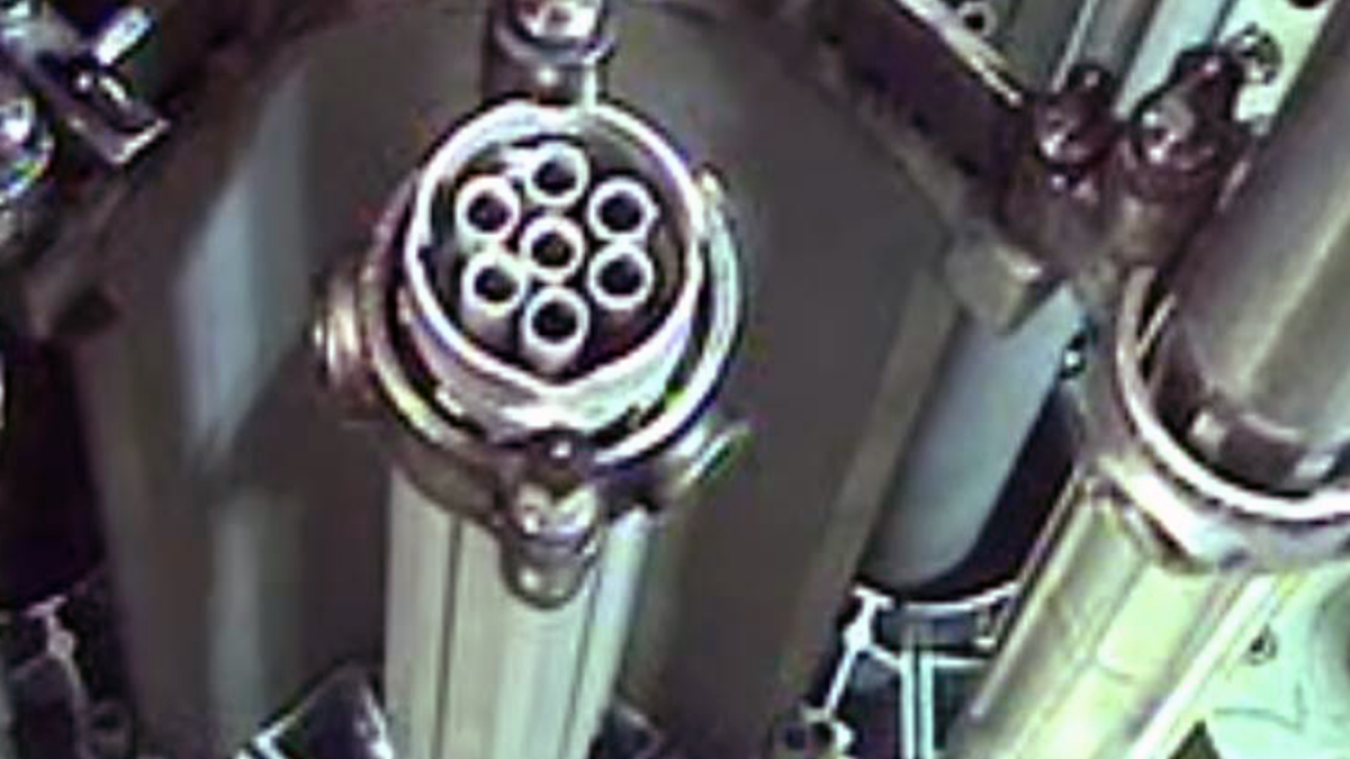DOE is scaling up the production of plutonium-238 heat source material to help meet future goals set by NASA.
February 17, 2021

The U.S. Department of Energy (DOE) is scaling up the production of plutonium-238 heat source material to help meet future goals set by NASA. Idaho National Laboratory (INL) is currently working to qualify several positions within its Advanced Test Reactor (ATR) to maximize its production of heat source material that will be used to power NASA’s radioisotope power systems.
A seven-target assembly was recently loaded into the reactor to produce plutonium-238 for future space missions. The seven targets, made of a mixture of neptunium oxide and an aluminum metal powder that is pressed into pellets, will be irradiated in the reactor over the next 55 to 58 days. Once the irradiation is complete, the targets will be sent to Oak Ridge National Laboratory (ORNL) to extract the plutonium and confirm the quality and quantity of the heat source material produced. INL expects to generate around 30 grams of Pu-238 heat source material from its first two campaigns. Seven targets were initially loaded into ATR back in July 2019.
ORNL is currently capable of producing up to 700 grams of Pu-238 heat source material each year at its High Flux Isotope Reactor (HFIR). Since 2015, the test reactor has produced nearly 1 kilogram of heat source material. The additional support of ATR is expected to help meet NASA’s target of 1.5 kilograms per year by 2026.
“The INL, together with ORNL, will provide the Pu-238 heat source material to power NASA’s missions for decades to come,” said Dr. Stephen Johnson, the director of space nuclear systems and technology division at INL.
Reestablishing Production
DOE, in partnership with NASA, reestablished U.S. domestic plutonium production at HFIR in 2015. The capability was lost in the late 1980s after the closure of production reactors at Savannah River. NASA’s Perseverance Rover, which is expected to land on Mars on February 18, 2021, is the first power system to use plutonium created by the national lab system in more than 30 years.
ATR is scheduled for renovations that will take the reactor offline for 6-to-9 months starting in April 2021. Once back online, INL will continue refining and scaling up heat source material production in support of the 2026 production goal.
While the United States has enough fuel to support space missions through the next decade, this continued partnership between DOE and NASA ensures that there will be an ample supply of domestic plutonium to support future missions.

